To the Bone
Foreword by Heston Blumenthal
Despite the glamour attached to the profession today, a successful life in the kitchen is determined more by sacrifice than stardom, demanding a dedication bordering on obsession, all in pursuit of The Food.
What defines a chef?
Despite the glamour attached to the profession today, a successful life in the kitchen is determined more by sacrifice than stardom, demanding a dedication bordering on obsession, all in pursuit of The Food. In this meditation on the culinary life that blends elements of memoir and cookbook, Paul Liebrandt shares the story of his own struggle to become a chef and define his personal style.
To the Bone is Liebrandt’s exploration of his culinary roots and creative development. At fifteen, he began his foray into the restaurant world and soon found himself cooking in the finest dining temples of London, Paris, and ultimately, New York. Taking inspiration from the methods and menus of Marco Pierre White, Raymond Blanc, Jean-Georges Vongerichten, and Pierre Gagnaire, Liebrandt dedicated himself to learning his craft for close to a decade. Then, at New York City’s Atlas, he announced himself as a worldclass talent, putting his hard-earned technique to the test with a startlingly personal cuisine. He continued to further his reputation at restaurants such as Gilt, Corton, and now the Elm, becoming known for a singular, graphic style that has captured the public’s imagination and earned him the respect of his peers.
Punctuated throughout with dishes that mark the stages of his personal and professional life, all of them captured in breathtaking color photography, this is Liebrandt’s literary tasting menu, a portrait of a chef putting it together and constantly pushing himself to challenge the way he, and we, think about the possibilities of food.
“By any measure, Paul Liebrandt’s career in the kitchen has been a wild success. But it hasn’t been a mad dash toward celebrity, as anyone who reads To the Bone will see. More than a collection of recipes, this impressive book is a coming-of-age story, a narrative that tells of a chef’s often painstaking creative growth. Liebrandt spares us any phony glamour, focusing instead on the desire and commitment that restaurant work requires. That’s a lot more real than anything you see on ‘reality’ TV.”
—Thomas Keller
“Ever since first learning about Paul’s cooking while he was Atlas, I have followed him for his no-holds-barred risk-taking style of cooking. It takes a determined and self-confident person to eschew the standard conventions, and by doing so Paul has changed the way people view cooking and its possibilities.”
—Grant Achatz
“Paul is not a categorically ‘French,’ ‘American,’ or ‘British’ chef, but he has absorbed knowledge from three cultures . . . solidifying his reputation as a chef to be reckoned with through his passion and hard work. His food is more than art on the plate—it is an intricate extension of himself . . . and showcases the evolution of one of America’s most creative young chefs today.”
—Daniel Boulud
“If you’ve ever wondered where the heck a modern chef gets his inspiration from, these pages will give you some idea of how it works. [This is] privileged access to one of the most innovative, skillful, and idiosyncratic chefs in America. . . . Dig in and enjoy.”
—from the foreword by Heston Blumenthal
If you described the kind of food I cook today to either of my parents at the time, it would have seemed the stuff of high comedy or maybe science fiction. Yet who would’ve blamed them for their skepticism? My father grew up in Rhodesia, now called Zimbabwe, in a family where meals were considered sustenance and little more. My mother came of age in London in the aftermath of World War II and had the jaw-dropping stories to prove it. One day, playing with friends in a vacant lot, she discovered the skeletal remains of a German fighter pilot; another time, an unexploded bomb turned up in the yard next door. As a young girl, she drank powdered milk and ate whatever was rationed to her family. Food was sustenance, if sustenance was to be had at all.
All of which is to say that I don’t know where my interest in food came from, but I did tend to experience it rather intensely, just as I felt certain other pastimes very intensely—none more so than movies. One of my favorite boyhood rituals was spending Sunday afternoons in the cinema with my Dad. My father had, and retains, a commanding presence, but he was never an intimidating figure to me. Quite the opposite, in fact: he was loving and attentive, understood the place of a father in a son’s life, and made it a priority to be that man for me. The first movie I remember him taking me to was Return of the Jedi at the Dominion Theatre on Tottenham Court Road, one of London’s premier cinemas of the day. To celebrate the release of the third Star Wars film, the theater was screening all three of the installments that had been produced to date, back-to-back, in marathon fashion.
“Let’s go see all three!” he announced a few days before my seventh birthday, and I could scarcely believe my ears. I had seen the previous movies on television and had amassed an assortment of the action figures and spaceships: Luke Skywalker, Princess Leia, Han Solo . . . I had them all. I was most drawn to Darth Vader, but it wasn’t because he was the villain; it was the purity and clean lines of his black-as-night costume.
We saw the movies, one after another, and it was a revelation to me, an all-encompassing sensory experience, utterly overwhelming and transporting. There was even a culinary component to the marathon: Butterkist, a popular caramel popcorn concession item, added to the day, as it did to all my moviegoing excursions. Butterkist has a fascinating, distinctly British history: during World War II, many foodstuffs were strictly rationed, but not the ingredients required to make Butterkist—a state of affairs that enabled the product to rise to prominence and secure a place in the popular culture.
During the breaks between the movies, as my father and I went for a walk or a quick bite, I was so excited that I had a hard time sitting still. I thought it was the greatest thing ever. They call movies escapism and that’s what they were for me—a way to forget about the emerging cold war between my parents at home and my growing sense of solitude, and to lose myself in an internal diversion while at the same time taking in the energy of the audience. As I grew older, I often went to the movies on my own, which I know is anathema to many, but which is completely comfortable and natural, even appealing, to me.
As I grew older, there was another, emerging fascination for me. You could often see me, at age ten, tall for my age, standing amidst the commotion of Berwick Street Market—an open-air food bazaar near our London home, complete with vendors announcing specials and prices on the fresh foods of the day, delivering each deal with the full-throated gusto of carnival barkers. Not only was the marketplace a vibrant, bustling hub for farmers and food purveyors who sold fruits and vegetables from their carts, but it was also, incongruously, London’s red-light district, with prostitutes lingering seductively in doorways and flashing neon signs advertising live sex shows.
I’d sometimes find myself at the market on a Saturday afternoon, paralyzed with wonder: fresh fish on ice, vegetable-lined crates, and basket upon basket brimming with my favorite plump strawberries. I was drawn to all of those ingredients and their possibilities. Cementing the moment in my memory is the smell of roasting chestnuts, split open and shaken on a grid over a flaming oil drum, then sold by a vendor in small white paper bags.
My attention always went to the little butcher shops along the perimeter of Berwick Street and the scene in the windows. The shops recalled a Renaissance painting, with hare, partridge, grouse, wood pigeons, and other dead animals hanging in the windows, their full plumage still intact. The butchers made their own sausages, which hung like Christmas lights in the window, and sometimes you could actually see them making it, cranking the red meat into long casings. Most children my age would have recoiled at the bloody spectacle of animals being taken apart, but I would watch with rapt attention as the disparate parts were manipulated and then came together into something as neat and clean as a casing-enclosed sausage. How do they do that? I wondered.
If I close my eyes, I can still imagine myself right there, on that street, watching it all unfold, scarcely changed since the turn of the prior century. In my mind’s eye, it’s always twilight and always Christmastime. The sun is descending behind neighboring buildings, ominous shadows lengthening across the market, the air growing cold, the wind kicking up. And, through it all, my eye remains fixed on that shop, the line of customers, the butchers handing brown paper–wrapped specimens to them. I didn’t know anything of cooking yet, and so the entire transaction was a source of mystery. How would those wild animals be converted into something palatable in people’s homes?
Of course, I couldn’t know it then, but now I realize that in many ways the chef within me began to grow and develop in that market, what with being in the presence of the riot of ingredients and, in the butcher shop, watching the progression from raw to finished product. I still wasn’t aware of that chef, but he would make himself known before too long


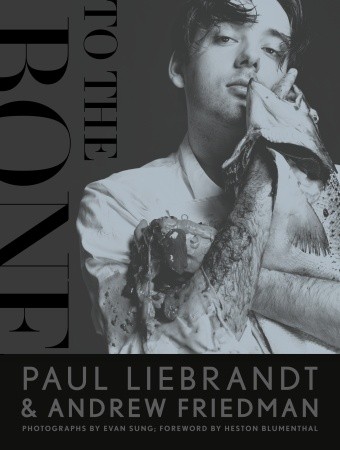


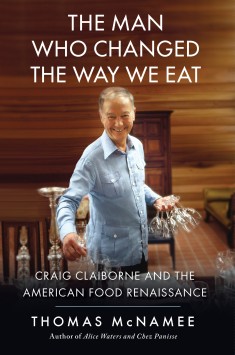
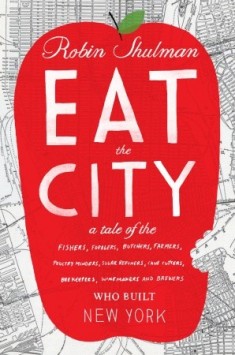
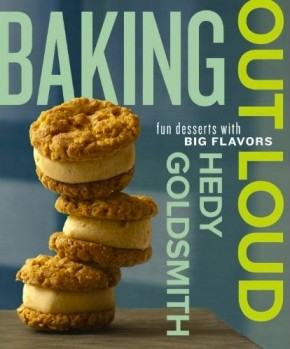
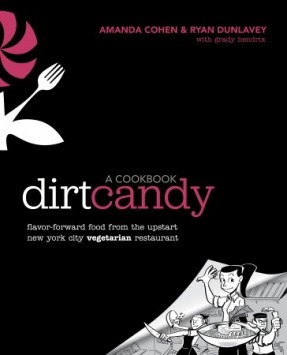
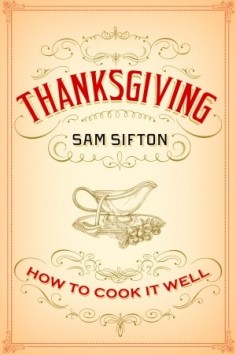
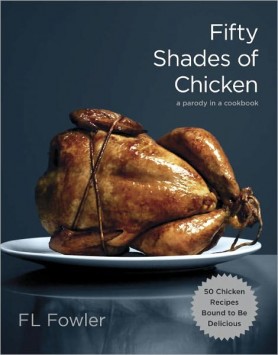
Leave a Reply